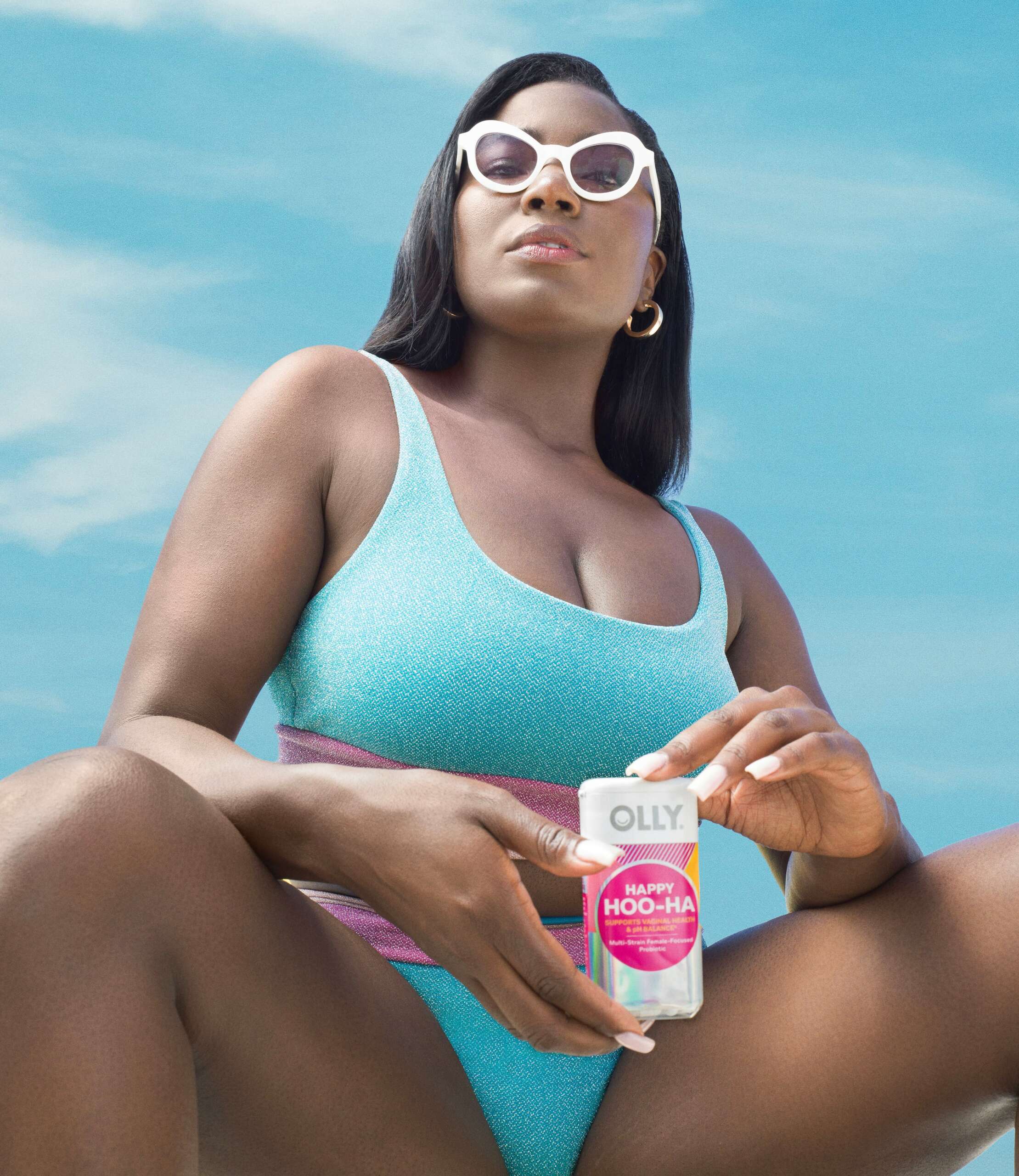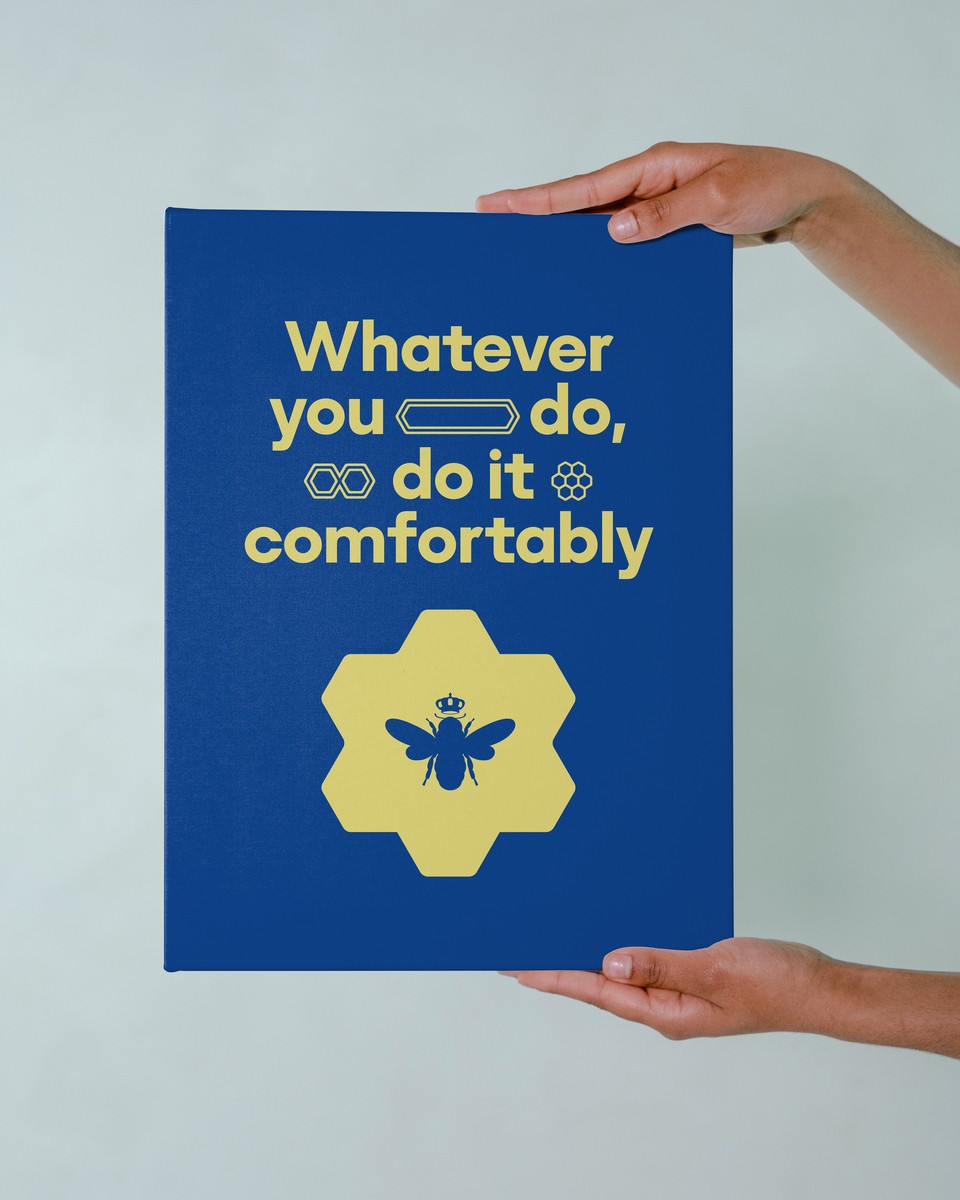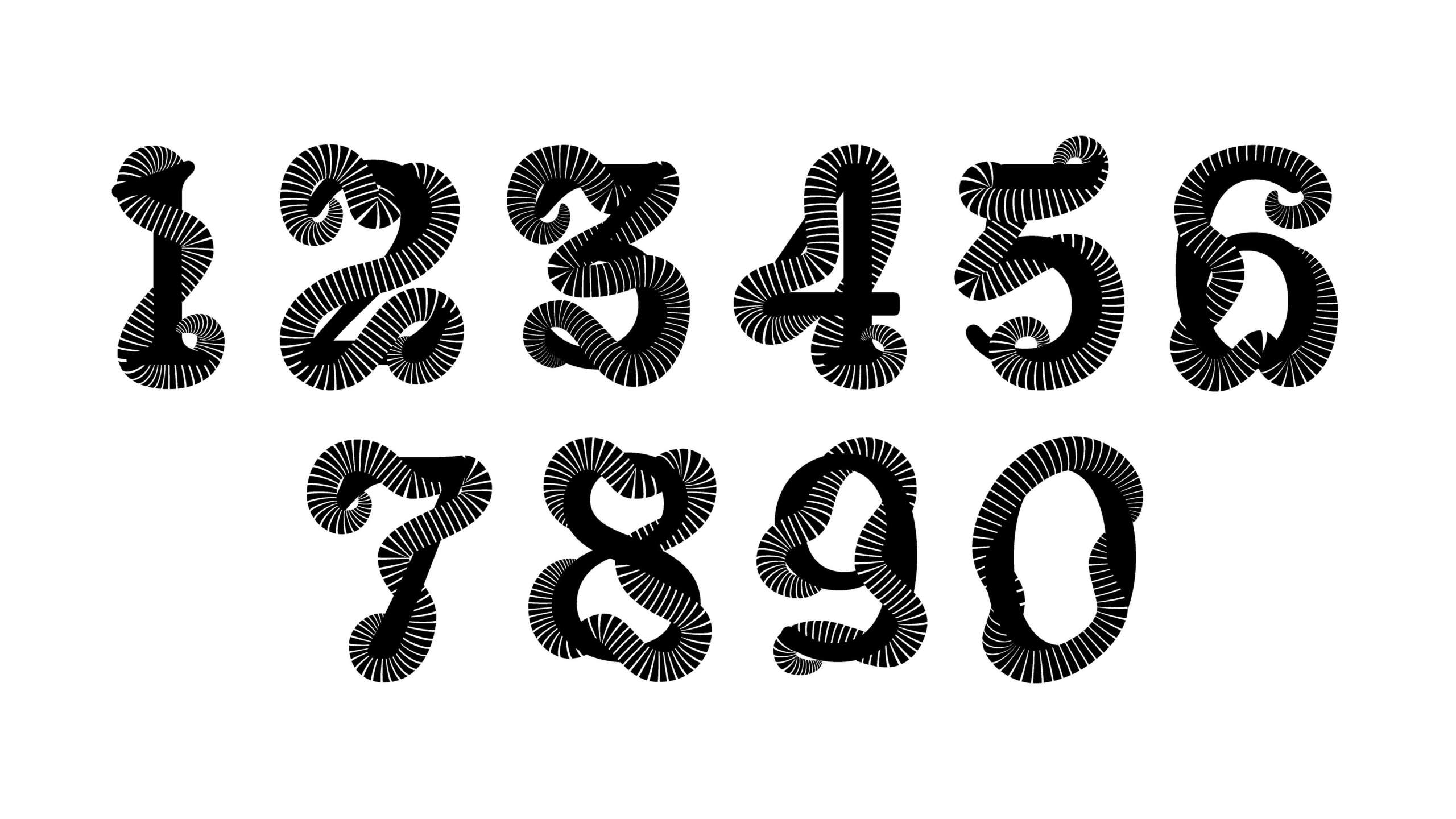We caught up with the brilliant and insightful Jessica Walsh a few weeks ago and have shared our conversation below.
Jessica, thanks for joining us, excited to have you contributing your stories and insights. Let’s start with a story that highlights an important way in which your brand diverges from the industry standard.
At &Walsh, when we on-board our clients for branding work, we take them through a “brand therapy” phase to help them discover their brand personality and voice. This is accomplished through a combination of an onboarding process, stakeholder interviews, and workshops. The goal of these sessions is to help brands “find their weird.” We believe every brand has something unique about them, and that’s their most valuable asset.
In the last few years, we’ve seen many design studios and agencies trying to replicate the “startup brand” look and feel. Everyone wants to look like the Capser, Warby Parker, or Away’s of the world. The result is that all these direct-to-consumer brands look identical. You can’t tell them apart and people are tired of the sameness and are craving something new. When you follow what everyone else is doing and create a trendy brand, you’re putting a ticking time bomb on your branding. Our strategy process does the heavy lifting to avoid this and makes it much easier for us to design memorable and differentiated brands that defy trends.
Once we’ve found a client’s “weird,” we develop holistic visual languages and asset libraries based on our discoveries. It’s industry standard to first develop the wordmark and logo, making crucial brand assets like color palettes and tone of voice an afterthought. What sets us apart is our ability to present back holistic directions that look at branding across every touchpoint for our clients to choose from. We find that this helps clients see our vision for their brand from the very beginning, rather than slowly work up to it. We also deliver our clients large asset libraries for them to work with, so they aren’t just left with a color palette and logo but instead, a robust visual language to create with for years to come.


As always, we appreciate you sharing your insights and we’ve got a few more questions for you, but before we get to all of that can you take a minute to introduce yourself and give our readers some of your back background and context?
My name is Jessica Walsh, and I’m the founder and creative director of &Walsh. I launched &Walsh in 2019 with two goals in mind: to produce stellar creative and strategy work for top clients and leverage the studio’s resources for social impact initiatives that make a tangible difference in this industry.
For client work, we’ve evolved from an agency providing design & art direction into a powerhouse for strategy and brand development work. Our brand partnerships begin at the ground level, where product development, audience building, and brand identity are still in their infancy, which allows us the time and perspective to find what makes them stand out. This is a process I call “brand therapy,” and it allows my team and me to have meaningful ownership and direction in each branding and advertising project we take on, as well as a stronger collaborative relationship with our clients.
&Walsh belongs to the .1% of creative agencies owned by women, which is grossly disproportionate to the number of women driving consumer purchasing. There is certainly no shortage of women who are skilled and prepared to work in this industry, but where we lack representation is at the top. My experience with sexism both prior to and after starting &Walsh provided me with the awareness and agency necessary to make room at the table for everyone, sans competition. For this reason, I started a non-profit initiative, Ladies, Wine & Design, as an extension of &Walsh’s values and inclusivity practices. We offer free mentorship circles, talks, and networking events in over 250 cities worldwide. We have events on topics such as Creative Leadership, Design & Business, Diversity in Design, and more.
Another central part of &Walsh is Let’s Talk About Mental Health, which is an open dialogue about mental health that takes place on its own website and on Instagram. The goal with this initiative is to destigmatize mental illness through design and to encourage folks to send in their stories with the hope that others will feel seen and heard after reading.
Lastly, our Sorry I Have No Filter photographic image series was born in response to the toxic positivity and manipulated perspectives we experience on social media. Life isn’t always perfect, and sometimes hard truths need to be told. Sorry I Have No Filter allows me to share my thoughts and emotions authentically and, despite the name, unapologetically. We post about various social impact initiatives including diversity, inclusion, mental health support, self-expression, politics, and more.



Is there mission driving your creative journey?
I am interested in creating emotionally engaging, concept-driven work that is embodied in beautiful form. Creating work that functions for our clients goals and connects with their audiences is at the core of everything we do. We approach our client work with the mindset that great brands are like great people: true and honest about who they are, and unafraid to show their true colors. Too often brands are told to suppress idiosyncrasies or opinions out of fear of how consumers will respond. The problem is that when you try to please everyone, and avoid anything that might offend someone, you wind up with a “vanilla” brand that says nothing. No one hates those brands, but no one truly loves them either. The most successful brands stand for who they are unapologetically. I’m driven by our mission to create beautiful, memorable, differentiated brands that people care about.
When it comes to my personal work, I try to use design as a tool to elevate topics that are important to me, start dialogues, or give back to the community in some way. A few include 40 Days of Dating (a project I did that went viral, and Netflix has owned the movie/film rights for this), 12 Kinds of Kindness, and the Sorry I Have No Filter Series on my Instagram. Projects like Sorry I Have No Filter have been an integral part of my creative process; it’s an opportunity to explore new visual languages and ideas outside the restrictions of a creative brief. In recent years, the series has also become an opportunity to promote social justice, highlighting different causes, diverse voices, and steps to action. This evolution of the series has allowed our team to connect on issues that are important to us, supporting these causes through education and resource sharing. These tough topics drive positive conversations in and out of our &Walsh team, driving each of us to seek positive change through design.



We’d love to hear the story of how you built up your social media audience?
The best way to build a social media following for your work is to create interesting work. No matter how much you post or how many social media tricks you use, if you’re not posting interesting, original content that is fresh, it will be hard to build a big following centered around your design work. And the secret to making interesting work is giving a shit. Really, really caring about your craft and the work you do. I suggest first focusing on your work, and the followers will follow.
Contact Info:
- Website: https://andwalsh.com/
- Instagram: https://www.instagram.com/andwalsh/
- Linkedin: https://www.linkedin.com/company/andwalsh
- Other: TikTok: https://www.tiktok.com/@studioandwalsh?lang=en
Image Credits
Creative Agency/Design Studio: &Walsh


